Videos about Happy Birthday
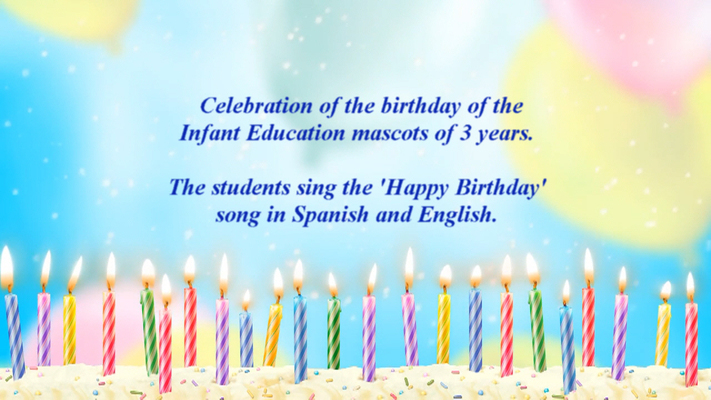
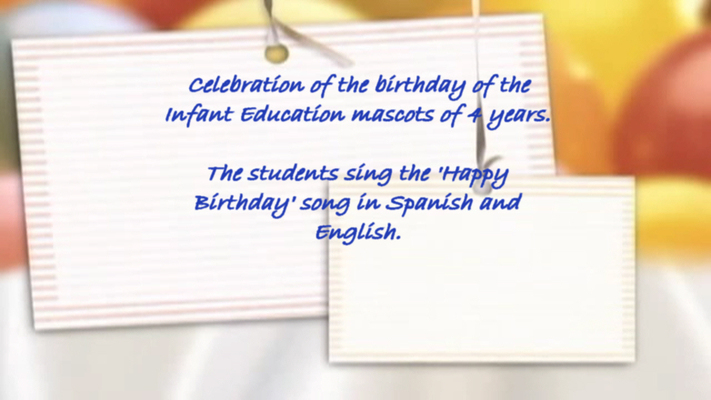
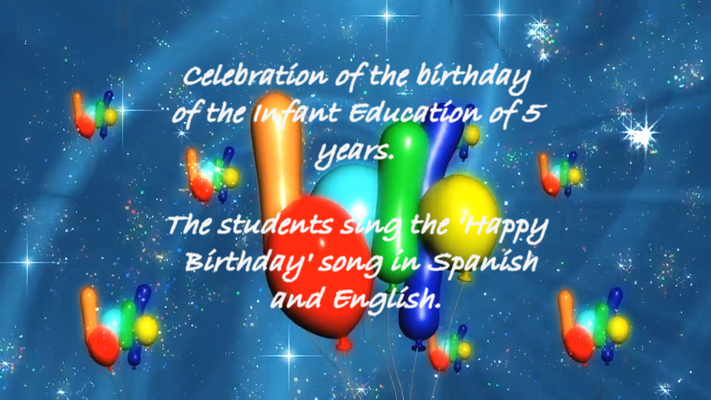
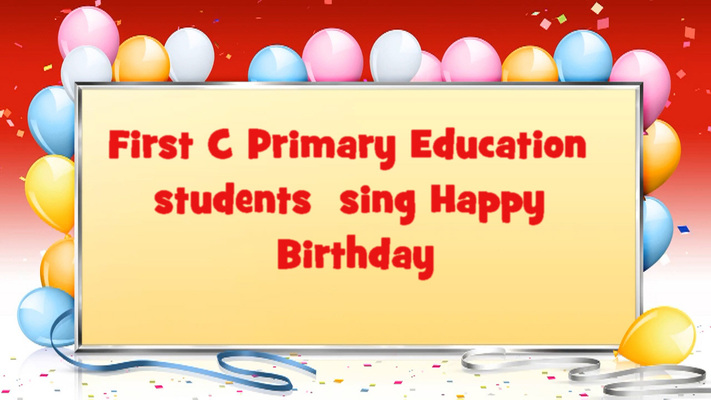
Christmas Time
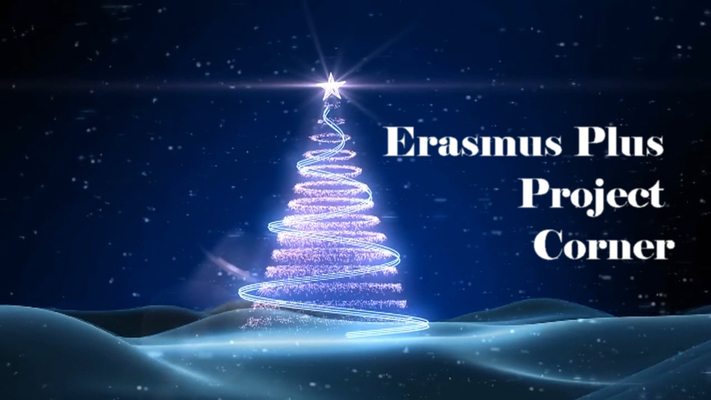
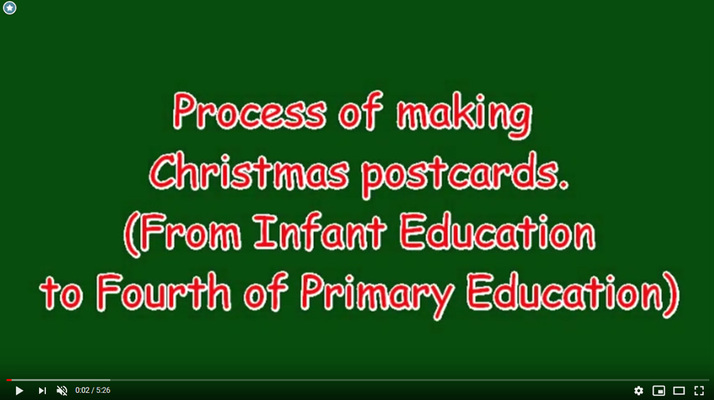
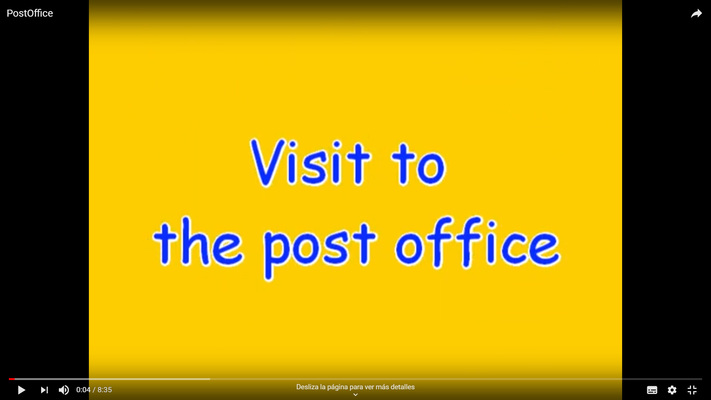
Thanks for your Christmas cards Ireland.
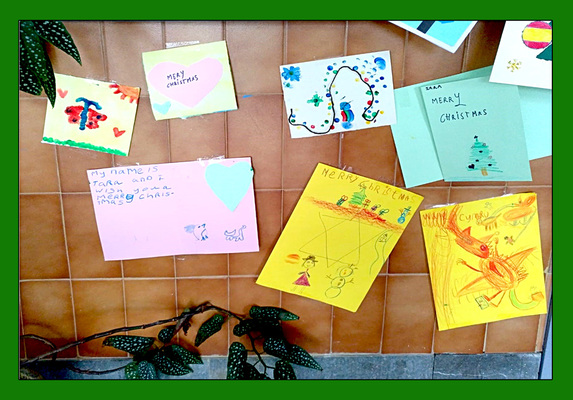
Thanks for your Christmas cards Finland.
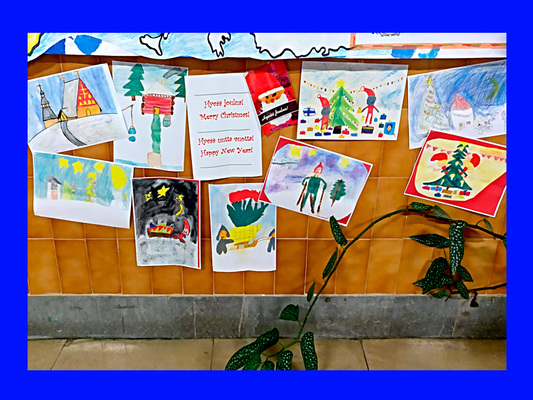
Thanks for your Christmas cards Bulgaria and Estonia
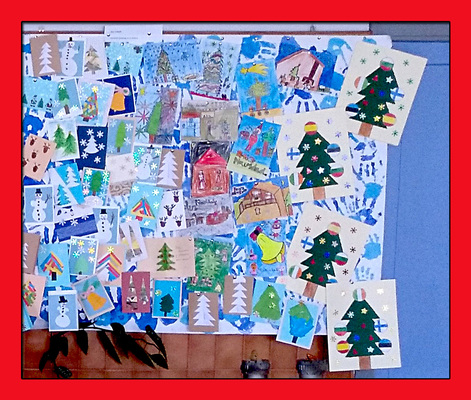
Christmas Cards in Primary
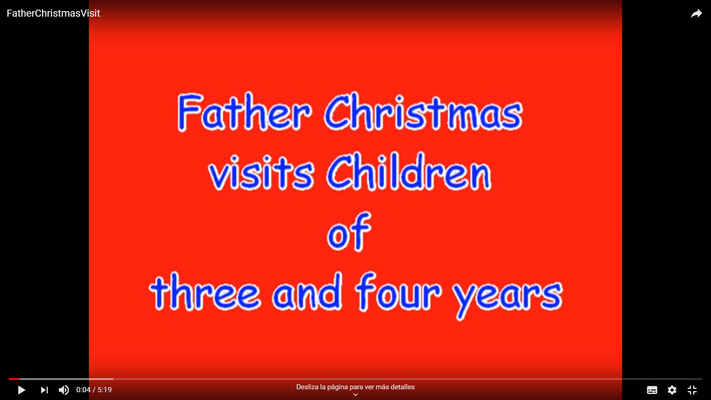
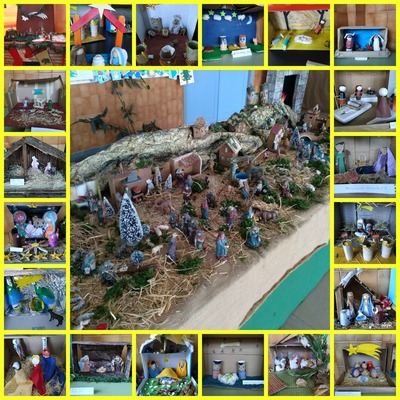
During the Christmas holidays in different corners of the school are placed nativity scenes. Some place them the Association of families of the school and others, the students in the class of Catholic Religion. This year they have decided to work nativity scenes with recycled materials. Thanks, we liked it a lot.
How is my school?
Infant Education three year
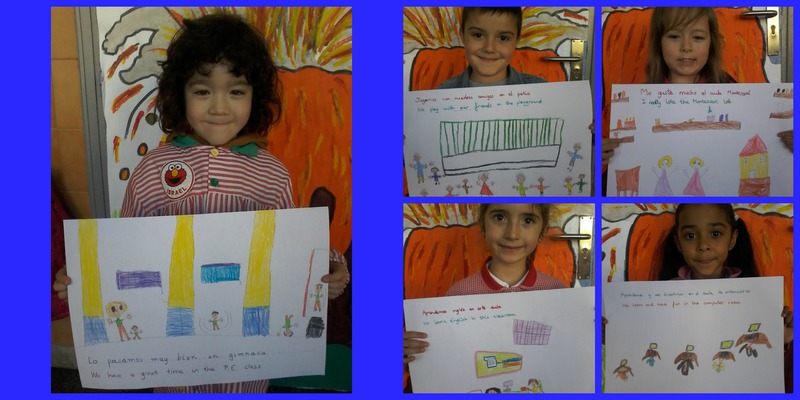
Five-years-old students tell us their opinion about school.
This is how the stundents of fifth A see the school.
This is our school.pptx
Click here to open this PowerPoint
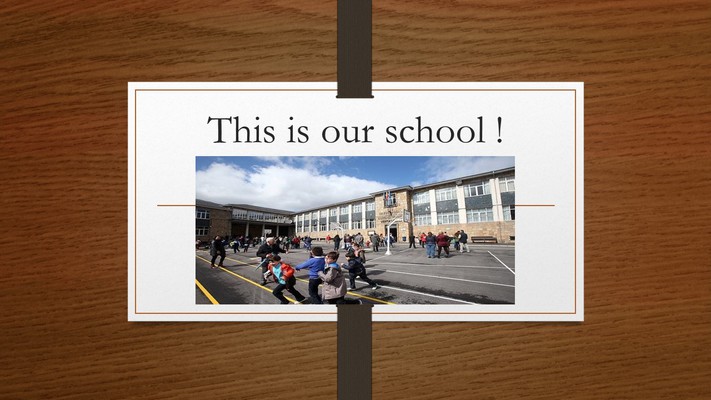
Sixth level of Primary.
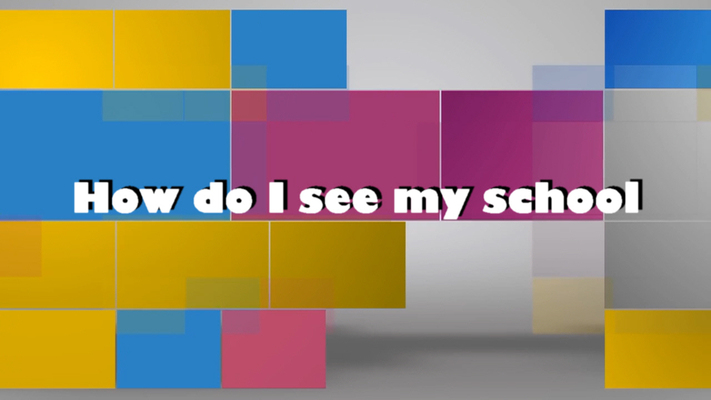
Exchange of experiences among students of different levels
Six level of Primary.
Specific programs of the school
Bilingual School
In 1996, an Agreement of Cooperation was signed between the Spanish and the British governments. As a consequence of this Agreement, 44 state Infant and Primary Schools, together with their partner Secondary Schools, were selected to develop an Integrated Project allowing their students to follow a curriculum in both English and Spanish. The Project was to be carried out by bilingual teachers from either the Uinited Kingdom or Spain.
The final goal is that students, by the end of compulsory education, will be able to express themselves fluently and correctly in both English and Spanish, and will be aware of both cultures. The students who have successfully completed this programme throughout Primary and Secondary Education will be awarded a double Spanish-English certificate. These children start school at 3 years old and can continue in the bilingual stream until they are 16 years old.
The schools taking part in this Integrated Curriculum Project were chosen because they were located in derpived areas. It was felt that those children would be in a better position to get jobs or go to university if they were fluent in another language. The students would also get the benefit of having two separate qualifications.
The commitment involved in this project usually means extra-work by teachers to tackel the effort generated by innovation. Our school has been in the project since 1996 and 85% of the staff are English teachers, out of which two are UK native teachers and four are bilingual teachers who have been selected by the regional Administration to work in this school.
Our students have around 40% of their timetable in English and we teach completely in English the following subjects: Literacy (English as a first language), Science, Social Studies and Arts and Crafts. At the Infant stage (from 3 to 5 year-olds) our students have 8 sessions per week fully in English; in Primary Education (from 6 to 12 year-olds) they have 10 or 11 sessions per week fully in English.
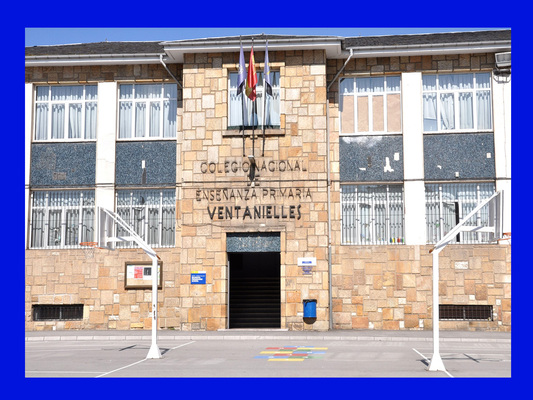
Montessori project
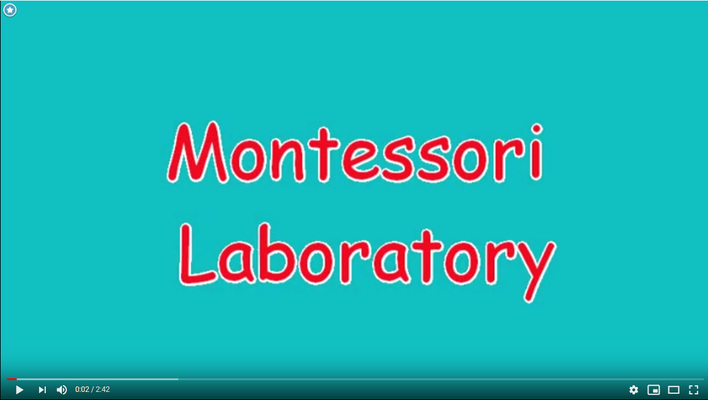
Psychomotricity
Unit Orientation
The orientation unit of our school is made up of five people: two teachers specialized in Hearing and Language (speech therapist), two teachers specialized in Therapeutic Pedagogy and one School Counselor.
Our functions are:
Assess the learning difficulties of the students
Advise teachers and families to intervene in these difficulties
Attend to those stuents who need more specialized support
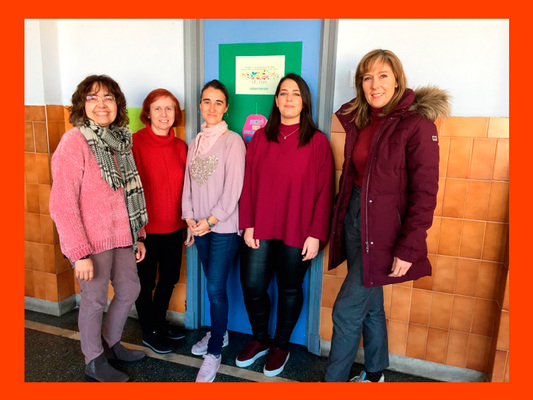
Celebrations
Halloween (3A level)
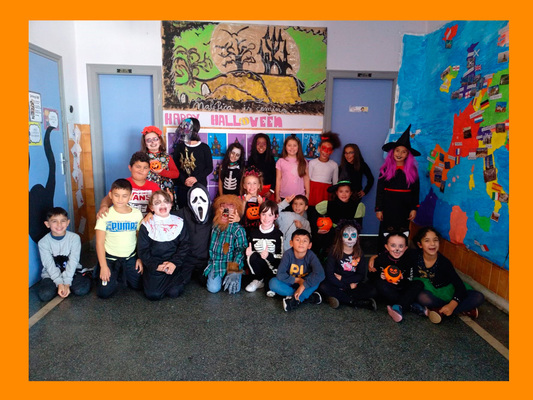
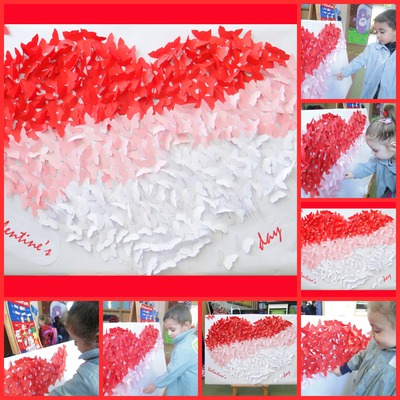
In three-year-old children's education
we are working on feelings and we have
taken advantage to celebrate Valentine's Day
Valentin's Day 2020
Peace Day
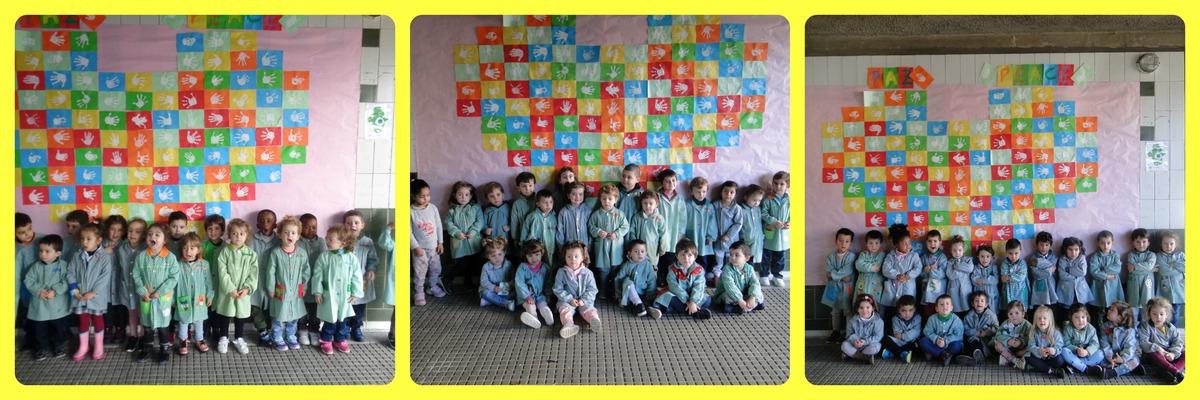
In three-year children's education classes we celebrated the day of peace.
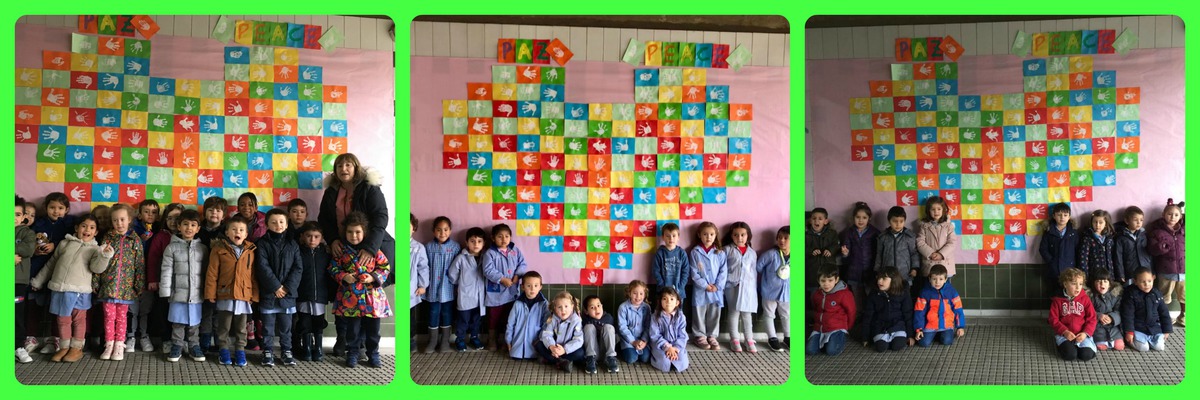
In four-year children's education classes we celebrated the day of peace.
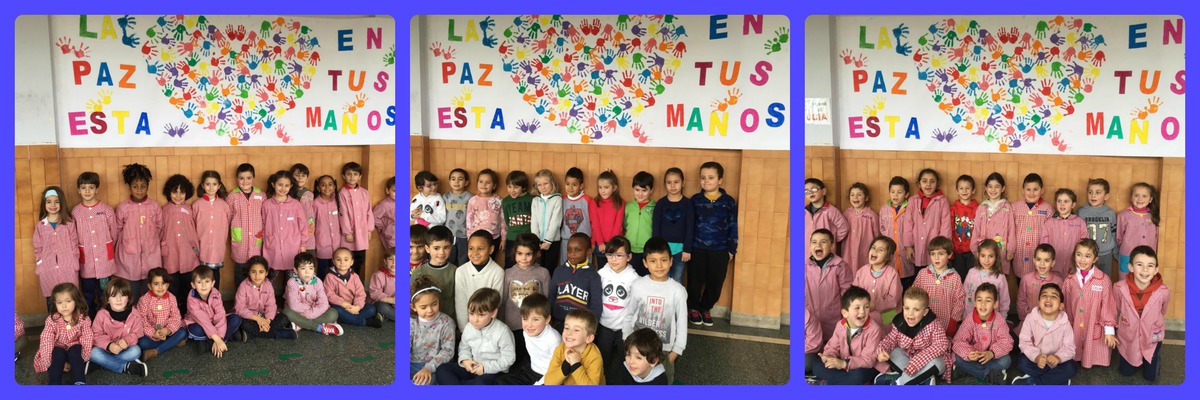
In five-year children's education classes we celebrated the day of peace.
CARNIVAL 2019
2nd Level of Primary
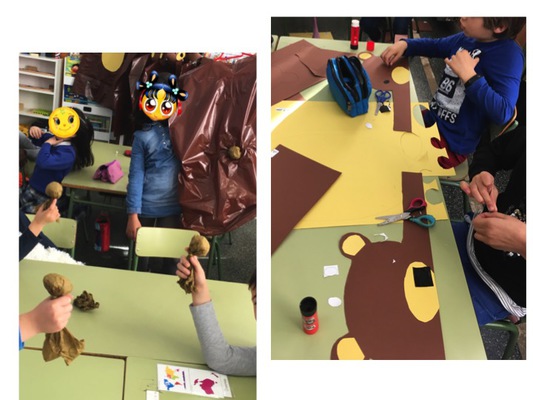
CARNIVAL 2019 PRESENTATION:
https://view.genial.ly/5c7813635d0e4e575e207e1f/carnaval-2019
Carnival 2019. Infant Education 3 years
St. Patrick's day
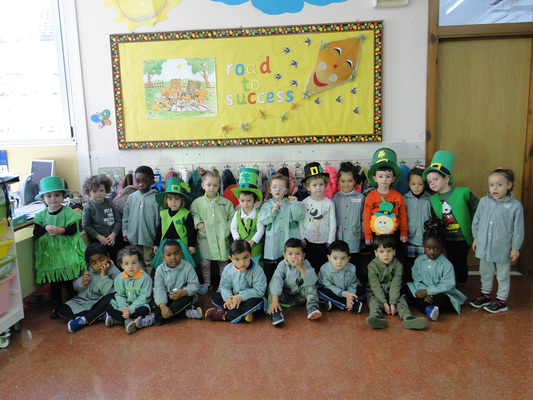
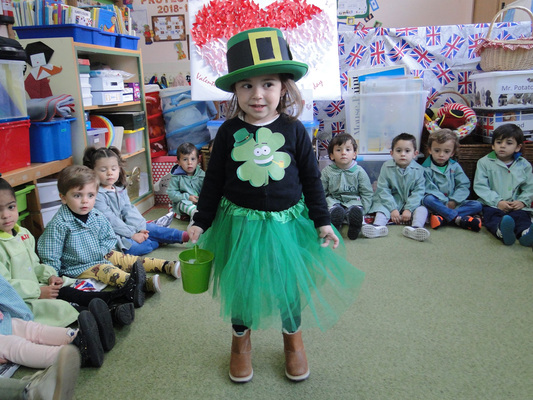
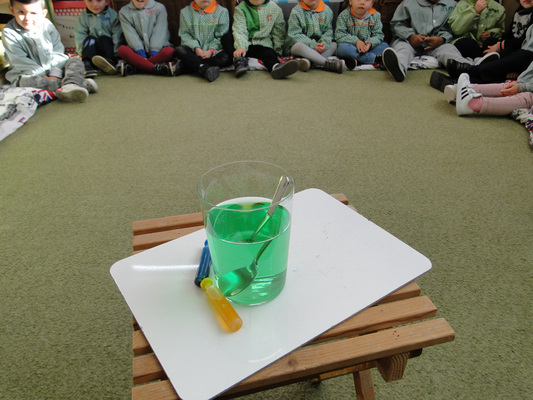
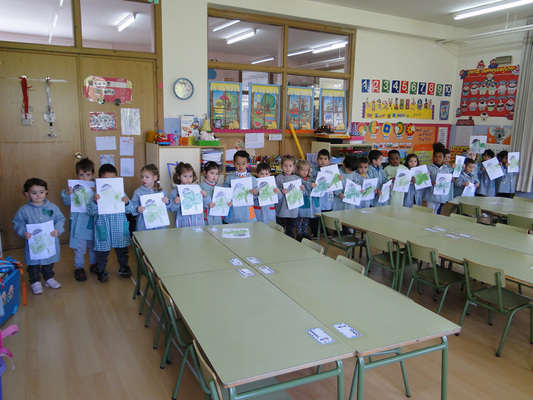
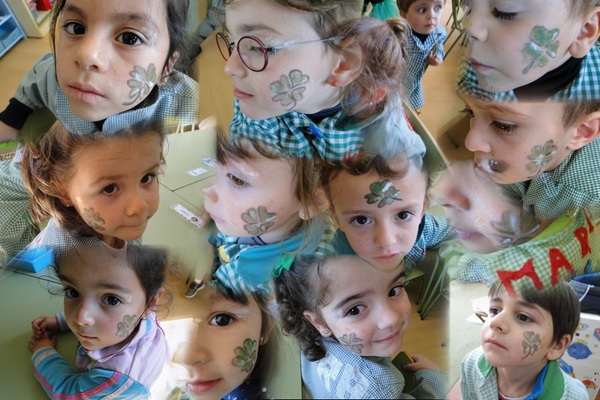
During the English classes, in three-year-old children, we talked about this party, we commented on its traditions. Some students have come dressed in St. Patrick costumes, we have done the experiment of changing the water to green color and we have painted a shamrock on our face.
Happy St. Patricks Day!
Classroom experiences
Workshop: Brown Bear footprints!
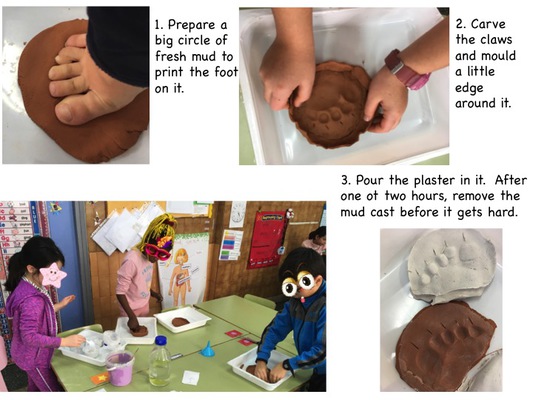
LEARNING ABOUT OUR IRISH PARTNERS
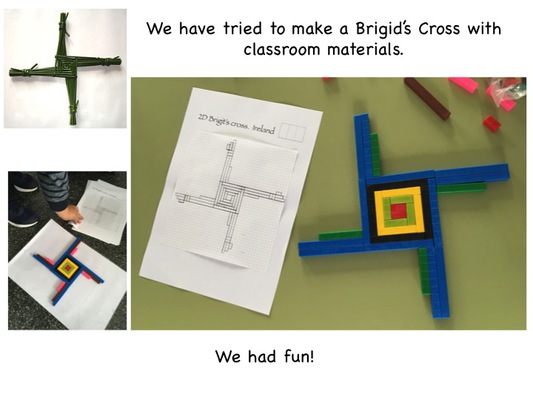
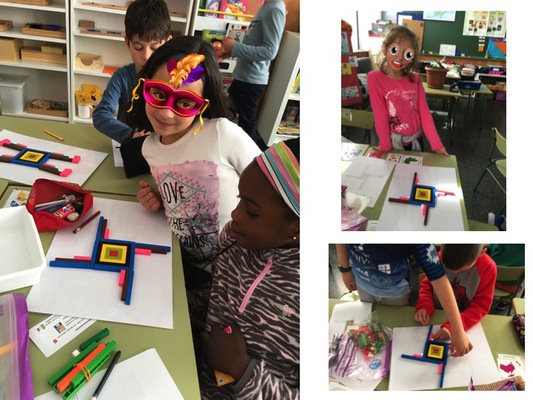
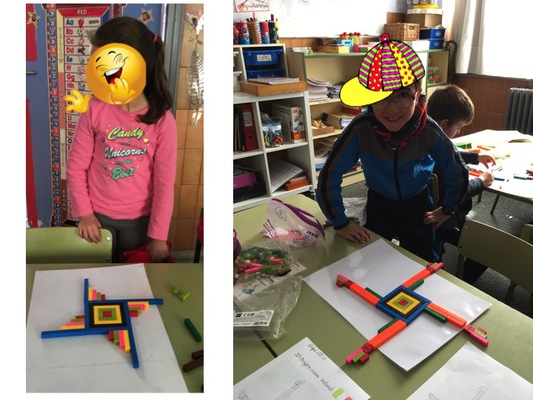
WE WORK THE WINTER AND SPONSOR A PENGUIN
With the arrival of the cold, we are going to study the winter season. We have many doubts and with the consultation of books and through the internet we will be able to solve them.
After several days dedicated to working the season, when it starts, how we live it from school, how we feel the cold, the clothes we should use, the meals ... we wonder if the same thing would happen in the whole planet, we represent it in the classroom.
A partner makes sun and another earth colleague simulating the movements of rotation and translation.
We have learned where the penguins live and from our classroom we have sponsored a penguin. The organization sent us a certificate and a photo of our new friend. We choose a name, among all. It will be called Pelayo. Infant 4 years B.
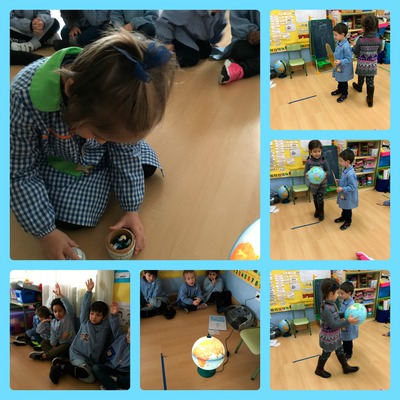
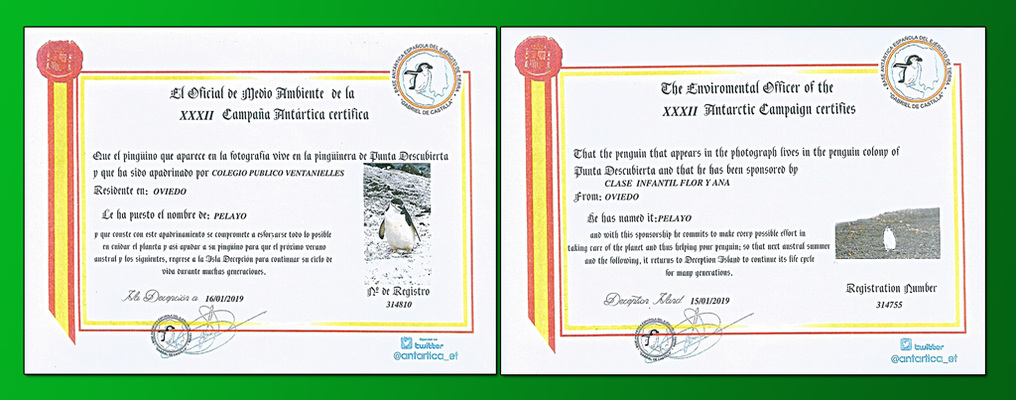
ABN METHOD
The mathematical didactic proposal "ABN" is named after the initials that make up the name and mean "Open Based on Numbers". This methodology is an alternative to the traditional teaching of mathematics, known as Closed-Closed Methods (CBC). Its author Jaime Martínez Montero describes it this way:
You do not work with figures, but with numbers. There is a new conceptualization where the drawbacks of closed calculation are eliminated based on figures such as: those carried out are over; the breaking of the rigidity of basic operations, their algorithms and formats; end of problems with zero and decimals in products and divisions; calculation processing from left to right; natural and spontaneous calculation, rejecting the mechanical calculation-mental calculation.
Advantages presented by the ABN algorithm:
§ Students learn faster and better.
§ Improves the capacity of mental calculation and estimation.
§ Increase the ability to solve problems.
§ Uses its own procedures and resolution strategies. Everyone does
§ the calculations with the steps that are necessary for them.
§ All the difficulties and obstacles of the traditional method disappear.
§ Improves the attitude of students towards mathematics.
• The choice of the ABN method comes from observing the difficulty that students have in acquiring mathematical skills and abilities. After this, a different teaching is sought, where the students will find the pleasure and pleasure to learn mathematics, finding a recent and innovative method called ABN.
• This method aims to treat and introduce mathematics in a close, visualizing and working with them, so that students become familiar with the different fields of mathematics. It uses mathematics as something practical and functional, where students can perform properly in the different skills and abilities presented, in addition to using different materials that will serve as a facilitator for the understanding of this subject.
• Among the different materials that are used: The abacus gives way to the table of one hundred and the number line. Interactive and realistic treatment of numbers. The units, tens and hundreds form a connection between the multiform reality and that reflected in the writing.
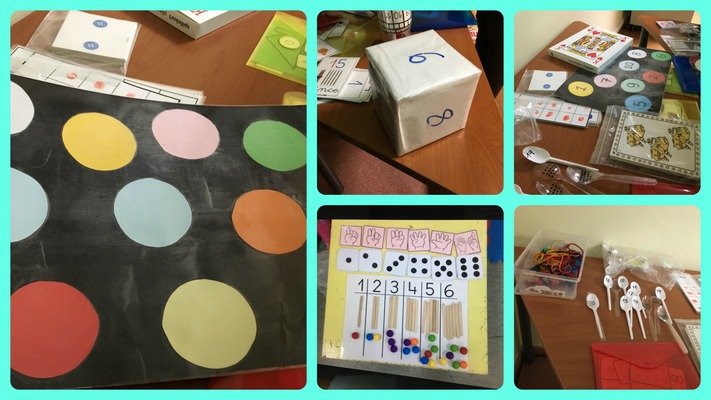
In our school this method is used in several levels of early
childhood education and primary education
Steam Project
Children's education three years
Children's education five years
Building another plantbox
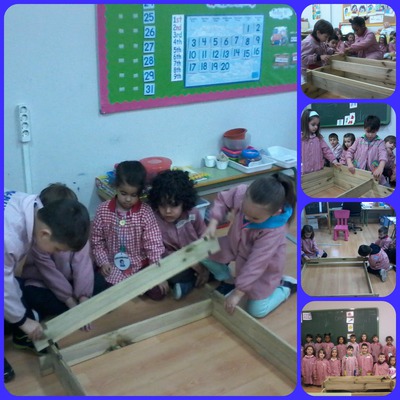
Cleaning the existing plantbox
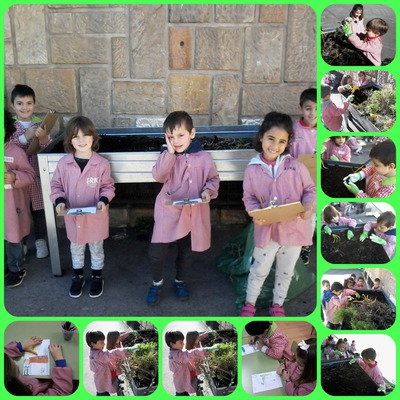
Deciding what to plant
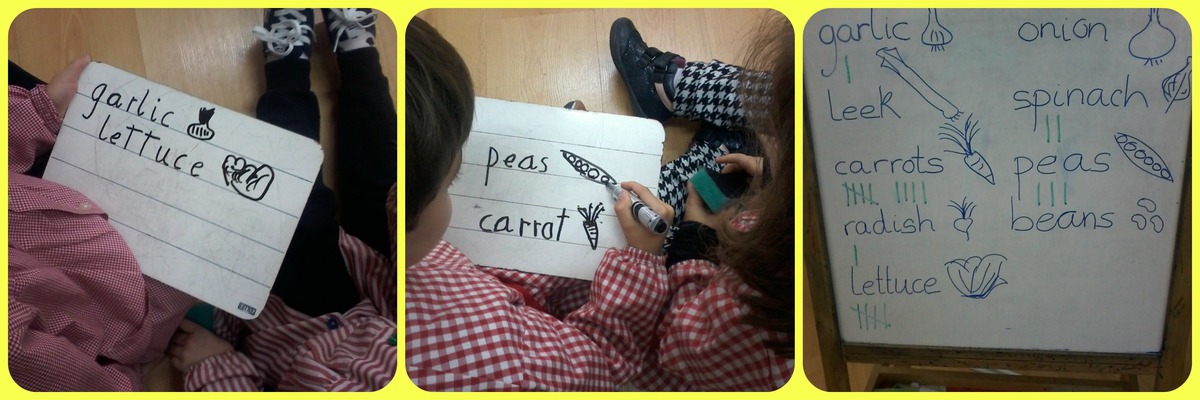
Snappet Project
Photos of the educational innovation project in which third and second level students participate in the use of tablets in the classroom.
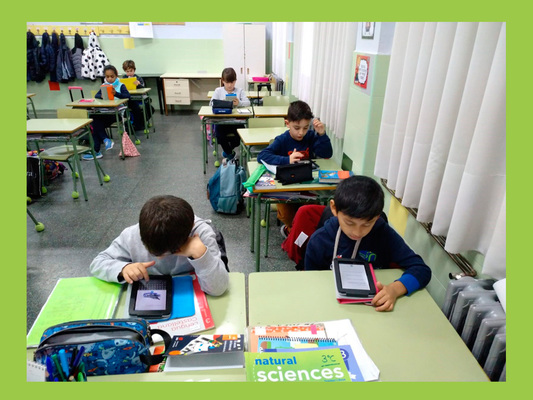
The charity race
The charity race that was held to raise funds for Manos Unidas
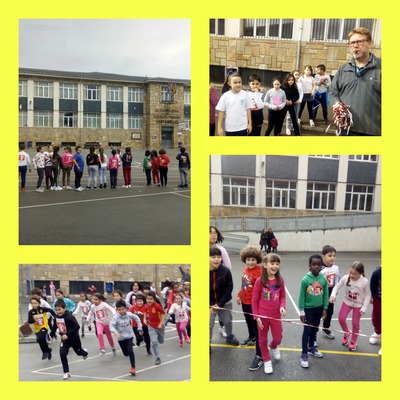
Race January 2020
The cycle of silk worms
and the mulberry tree
Every year we expect spring with excitement, students check our box full of eggs:
"-Hello? Are you hatching?"
They watch all the cycle long.
This time, we can share it with you!
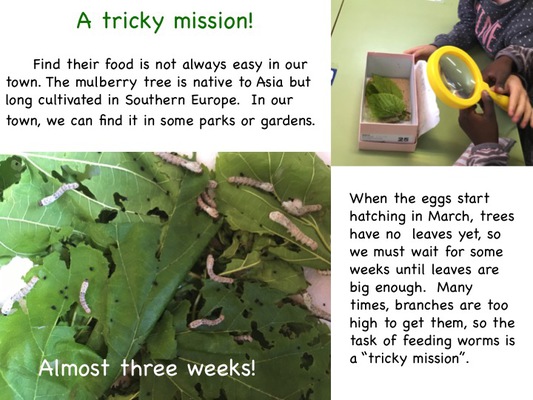
Huhsssssss...every one is sleeping after eight weeks.
*******************************************************************
ART
During the first term of this school year, the four-year-old students worked as an integrated project, "Primitive Men"
Infant education four years B
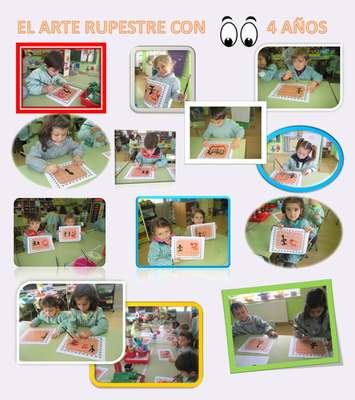
Infant education four years A
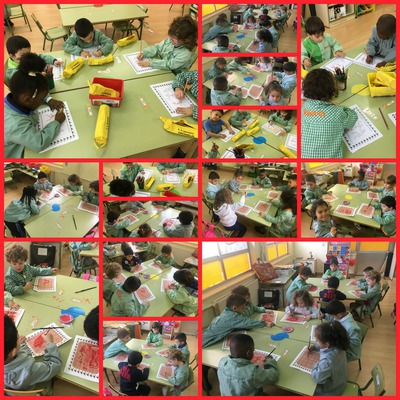
Infant education four years A
Ancient Egypt
Infant Education five years
*************************************
CHRISTMAS 2019
**********************************************
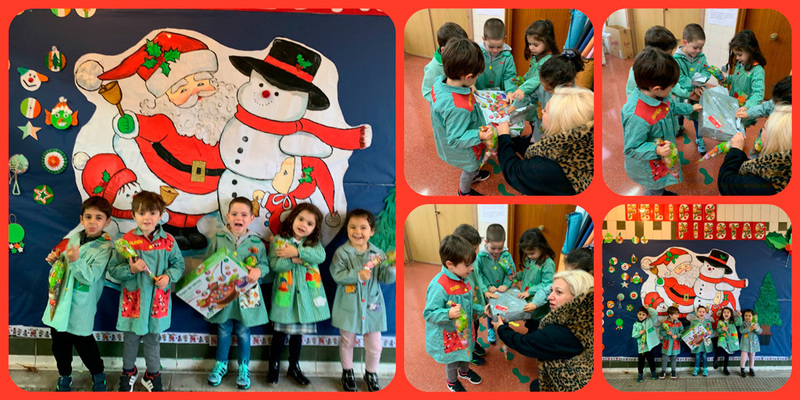
Every year, at this time, the Association of Families of the school organizes the contest of drawings The Christmas Story. This year, the theme was related to the story " The Christmas." Here we have the winners receiving their prizes.
**********************************************
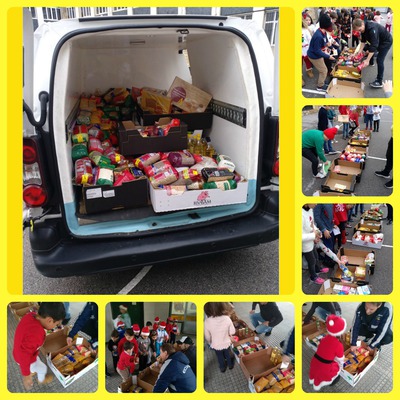
Este es el reportaje de la recogida de alimentos que se ha entregado la Cocina Económica de nuestra ciudad. Se hizo en dos días diferentes, uno para el colegio grande, educación primaria e infantil de cinco años y otro día para educación infantil de tres y cuatro años. Fue todo un éxito, el alumnado estaba muy orgulloso.
**********************************
Lapbook que recoge las tradiciones típicas de la Navidad de cada uno de los países miembros del proyecto europeo. Alumnado de cuatro años de Educación Infantil
*************************
Celebración de las campanadas de fin de año con las uvas de la suerte.
**********************
*******************************
*******************************
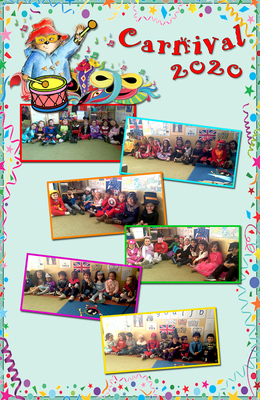
Each family chose the costume they liked best. The students were very happy, it is a very special day for them.
***********************
Llingua Asturiana
“Llingua Asturiana” is the language of Asturias. It comes directly from Latin and that gives it the category of language and therefore has the same origin as other languages such as Italian, French, Catalan, Galician or the same Castilian.
It has varieties that geographically coincide with western, central and eastern Asturias.
While the kingdom of Asturias existed it was the official communication language as evidenced by the existence of numerous documents, but with the incorporation of the kingdom to the crown of Castilla, it was cornered before the preponderance of Castilian. It was losing prestige, although there were some writers, who continued to use it in their works.
During the twentieth century it was recovered to try not to disappear. Currently fighting because it is declared co-official with the Castilian.
It is studied in schools and has its place in literature and in the media. It has an Asturian language academy.
L'asturianu la nuesa llingua
Si por daqué caracterízase la zona na que vivimos ye pola so arriquecida cultura, tomando dende'l nuesu marchante y folixeru calter, a la destacada robustez que chisca aspeutos como la gastronomía ya inclusive la vestimienta. Y ye que son tantes nueses peculiaridaes qu'inclusive emplegamos un llinguaxe propiu, distintu al del restu del país, l'asturianu.
Magar esti inda nun cunta col calter oficial, si ta reguláu por llei y cuenta con una gramática propia según un diccionariu de llingua asturiana y unes normes ortográfiques.
Vamos dexavos agora dalgunes de les nueses espresiones más típiques:
De tantu comer fabes y beber sidra terminamos fartos, esfrutamos tantu de la vida que tou nos presta pola vida, cuando dalgún babayu nun nos trata bien ponémonos farrucos y dicímos-yos: ¡que fatu yes!
Anque en asturias nun llueve tantu como dicen, ye verdá que munchos díes ta orbayando y entá y con eso amás de les madreñes encántanos dir en playeros, anque l'agua nos chisque los pies, ponémoslos pa cualquier cosa, pa trabayar, dir al chigre, salir de folixa y esfrutar hasta terminar diciendo... ¡Toi mayá!
******************************
ART IN EUROPE
Infant 4 years old A
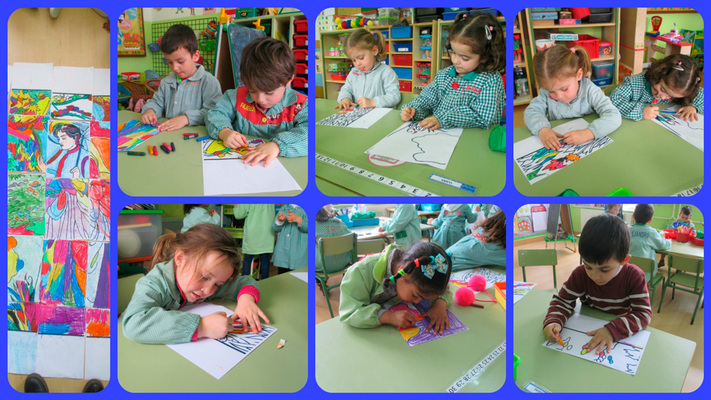
Infant 4 years old B
Infant 4 years old C
GAMES
Four-year-old students have learned to play dominoes in English class.